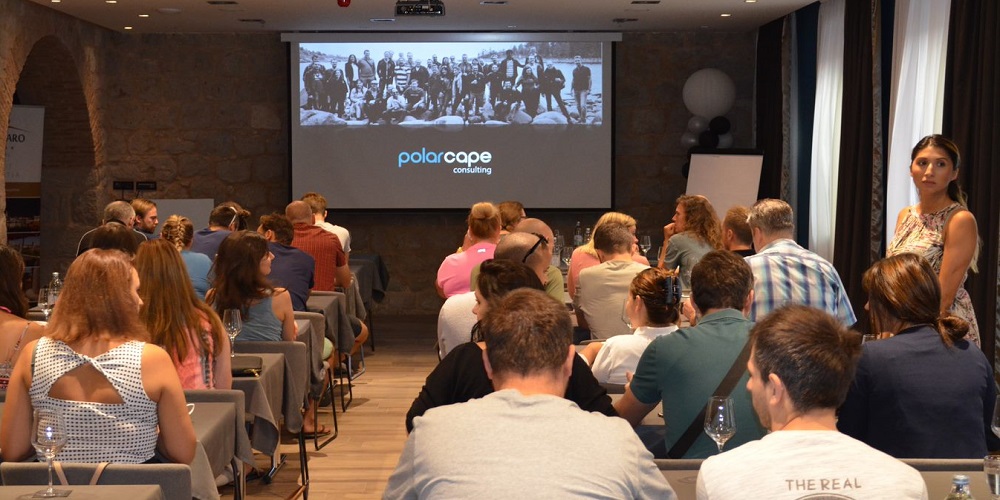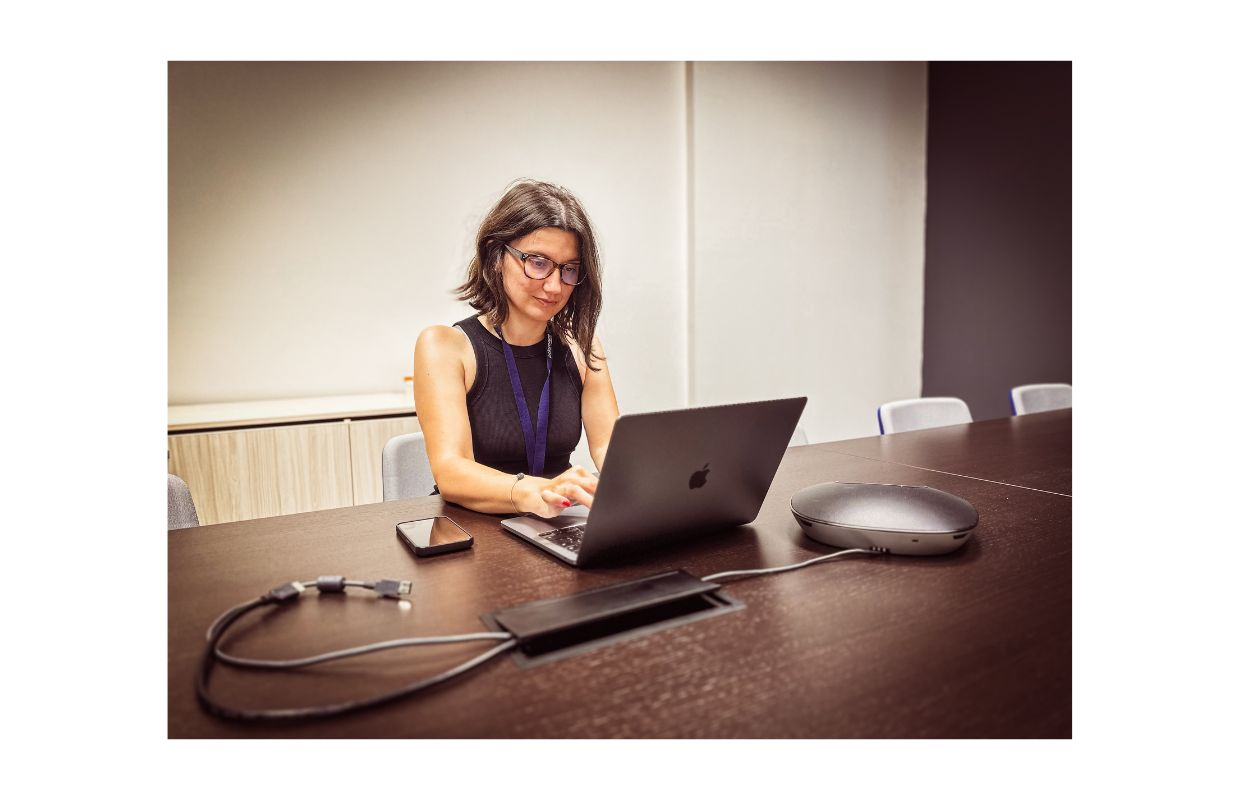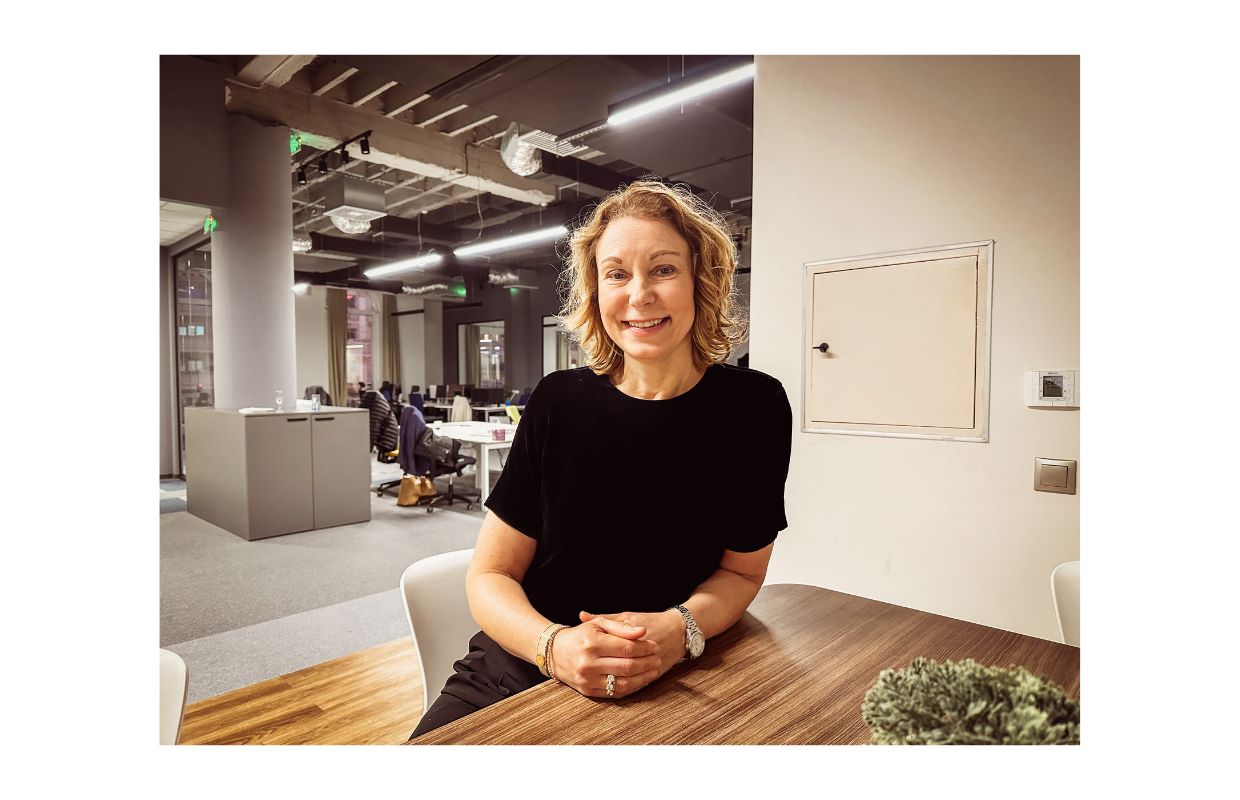Author: Marija Bozhinovska, Content Manager
Many companies release diversity reports as rites of passage, claiming dedication to the concept of acceptance and respect of differences. However, diversity in IT is often excluded in research and stats. It is treated as an isolated case due to the different approach and mindset of employees, the high level of innovation and the progressive policies compared to other businesses.
The IT industry is not immune to the changes happening at all levels, in the global economy and the shifts in consciousness and changes in society.
How can one define a term that has been thrown around so much lately, without skewing the view and narrowing it
down to one’s own subjective approach?
What does diversity even mean? There have been many attempts to define diversity and inclusion. A Harvard report notes two types of diversity – inherent and acquired.
Inherent diversity refers to traits we were born with: gender, sexual orientation, ethnicity. Whereas acquired diversity entails traits that we have obtained through life experience as education, moving to another country, integration into a new society and cultural background, work-related issues which make us gender smart etc.

Panacea for all ills
There is no evidence to the stance that hiring equally qualified, same-background staff will lead to higher revenues. On the contrary. Although education and expertise are important, diverse teams in terms of inherent diversity and work-related experience have proven to be more creative, to contribute to the development of new, unconventional solutions and thus help outpace competition.
Juniors learn from seniors, and senior staff gain experience from the role of coach and mentor, driving quality and new solutions. The same applies to background – bringing different views and approaches to problem solving, productivity, and team dynamics that enrich the whole team.
A rise in awareness about the benefits of having diverse staff has been noted. There are more and more women, ethnicities, and various workforce in tech companies.
Practice and experience have shown that companies that hire diverse staff and provide opportunities for learning and growth, perform better financially. This is closely related to the culture and internal structure that are present in companies that promote diversity, due to the overall atmosphere of inclusion and openness to new viewpoints and ideas.
An organization that has inclusion and diversity, culture and openness at its core, can go a long way.

Inclusion – looking inwards
A company that values individual empowerment and promotes a sense of belonging and value will naturally lead to more diverse workforce. Therefore, companies should focus on achieving inclusion and tracking diversity as a measure of success.
Polar Cape strives to spark a sense of involvement, where the inherent worth and dignity of all employees are recognized.
Thus, instead of fighting fire with fire, trying to make a business case out of diversity, companies can decide to look inwards, to ultimately focus on belonging, acceptance, tolerance, integration and communication. Diversity will follow.

What do we do differently?
It is easy to get trapped in a myopic, narrow-minded view, thinking that if you hire staff with same background, the communication will unfold flawlessly, devoid of language barriers and internal conflicts. Sometimes it is convenience, rather than a real issue. The English language is used worldwide and with the development of technology and the internet, its use as an international communication tool went viral. Hence, the reluctance to recruiting staff of different nationalities, cultures, and points of view becomes ill-founded.
Polar Cape currently operates on two locations. The offices in Sweden and the development center in Macedonia. Becoming a multi-office company represents a significant outlay in finances, manpower and a general commitment to driving towards a higher level of achievement. However, the benefits have vastly outweighed the costs.
Polar Cape has worked very hard to create an environment of tolerance, acceptance and respect. How well the workplace engages employees impacts their desire to learn skills and their level of motivation to perform for clients.
Currently male to female ratio at Polar Cape among development, test, and support staff is 52 to 48 percent. Diversity is not a condition we’re trying to artificially impose, but a result of the culture. And it has proven to be instrumental to company performance.













